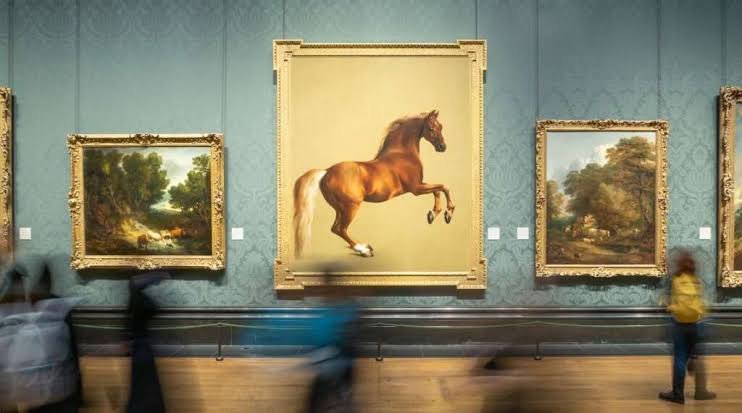In the ever-evolving world of art, certain masterpieces ascend from the realm of creativity to become coveted treasures, commanding millions at auction houses and private galleries alike.

But what exactly drives this transformation? How does a painting, sculpture, or installation evolve from being a simple work of expression to an object of immense financial worth?
In this exploration, we delve into the intricate factors that elevate art into a high-value commodity—where talent, rarity, history, and cultural resonance collide to create the allure that is so deeply embedded in the art market today.
From the rising stars of contemporary art to the timeless icons whose works continue to inspire, understanding the complex interplay behind art’s appreciation offers a fascinating glimpse into a world where creativity meets investment, and passion intersects with prestige.

1. Artist’s Reputation:
As an artist’s career progresses, their work often gains recognition in art circles, museums, galleries, and collections. If the artist is perceived as influential or groundbreaking, their works may become highly sought after.

2. Rarity:
Limited availability of an artist’s work or certain periods of their career can drive demand. The fewer pieces that exist, the more valuable they become.

3. Historical Significance:
Art that reflects significant cultural, social, or political moments in history often appreciates because of its cultural relevance and impact over time.

4. Condition and Preservation:
Well-maintained art that is preserved in good condition tends to maintain or increase in value. Art that has deteriorated or has been poorly maintained often loses value.

5. Provenance:
The history of an artwork’s ownership, including exhibitions, sales, or notable past owners (like collectors, museums, or celebrities), can increase its value, as it is associated with prestigious institutions or individuals.

6. Market Demand:
The art market is influenced by trends and tastes. If certain styles or movements become more fashionable, works associated with those periods or artists become more valuable.

7. Investments and Speculation:
Wealthy collectors, investors, and institutions may buy art with the expectation that it will increase in value over time, which can further drive up prices.

8. Authenticity and Documentation:
Art with proper certification of authenticity or an established lineage of ownership tends to be valued higher, as buyers feel assured of its legitimacy and historical importance.
Over time, these factors can cause the price of art to rise substantially, making it an attractive investment for collectors and institutions alike.




